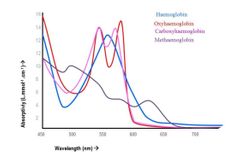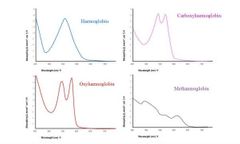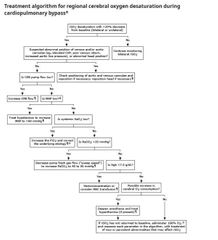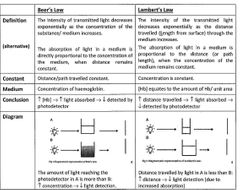![]()
![]()
![]()
Use LEFT and RIGHT arrow keys to navigate between flashcards;
Use UP and DOWN arrow keys to flip the card;
H to show hint;
A reads text to speech;
15 Cards in this Set
- Front
- Back
- 3rd side (hint)
|
Absorption Spectra of Haemoglobin species |

According to Lambert-Beer's law, the contribution of each species at any given wavelength will be proportional to that species' concentration in the sample. |
|
|
|
Absorption Spectra of Hb Species |

|
|
|
|
Define a continuous monitor. |
Asa defines this as no interruption of a simple measurement. |
|
|
|
Chromophores? |
Light absorbing molecule. |
|
|
|
Isobestic point? |
The Wavelength at which 2 or more molecules will have the same absorption. In NIRS, it is used to calculate the total tissue hemoglobin concentration Hb-HbO2 = 805nm in the near infrared Spectrum. Absorption & Wavelength both equal |
|
|
|
Near infrared wavelengths? |
650 to 940nm. |
|
|
|
Spatial resolution? |
Depth of tissue being investigated is proportional to the distance between the light source and the detectors |
|
|
|
Reflectancy Oximetry.? |
The balance between oxygen supply and demand. It is thus a measure of the adequacy of tissue oxygenation. |
|
|
|
Advantages of NIRS? |
Safe Easy Wide range if clinical fields. |
|
|
|
Disadvantages of NIRS |
Lacks evidence based data No clear guidance on how to intervene should a problem be detected. NIRS monitors are a work in progress |
|
|
|
List recommended clinical uses for NIRS |

|
|
|
|
List factors reducing cerebral blood 4 flow & CaO2 4 |

|
|
|
|
Treatment Algorithm for regional cerebral desaturation during cardiopulmonary bypass. |

|

|
|
|
Compare Beer's law to Lamberts law. |

|
|
|
|
Combined beer-lambert law? |
If a known intensity of light Illuminates a chamber of a known dimension Then the concentration of the dissolved substances can be measured if the intensity of the incident and transmitted light is measured. |
|

